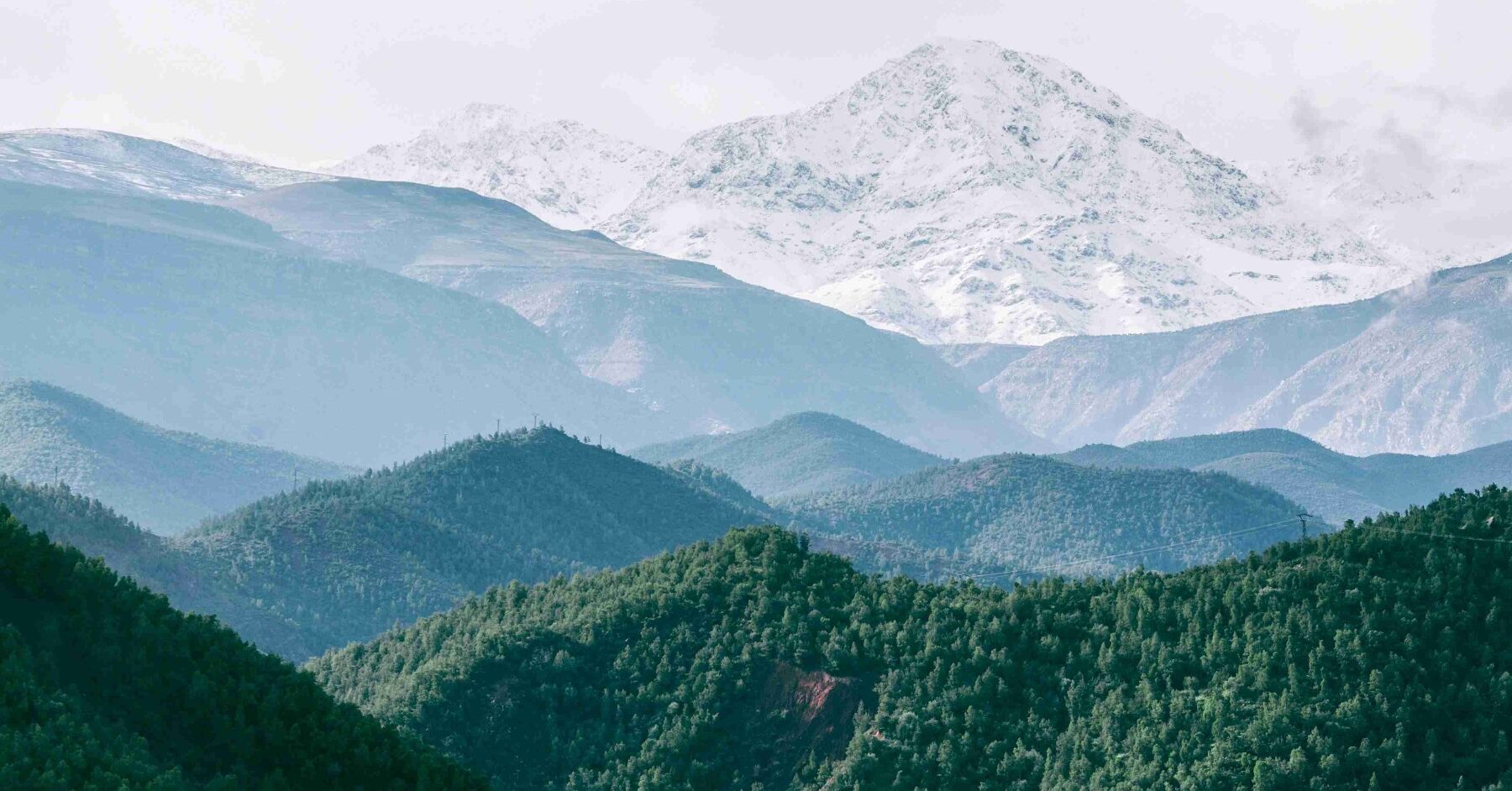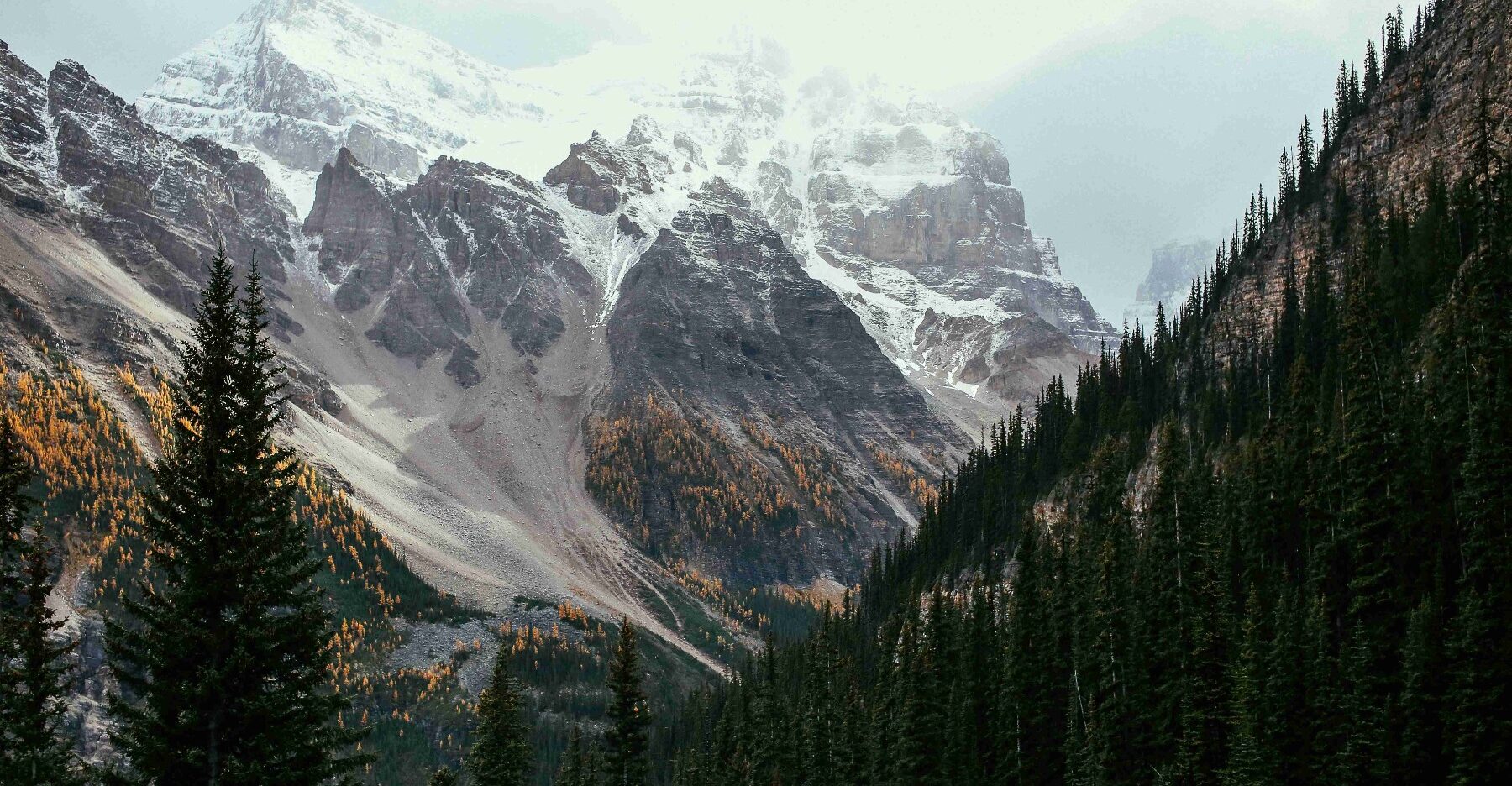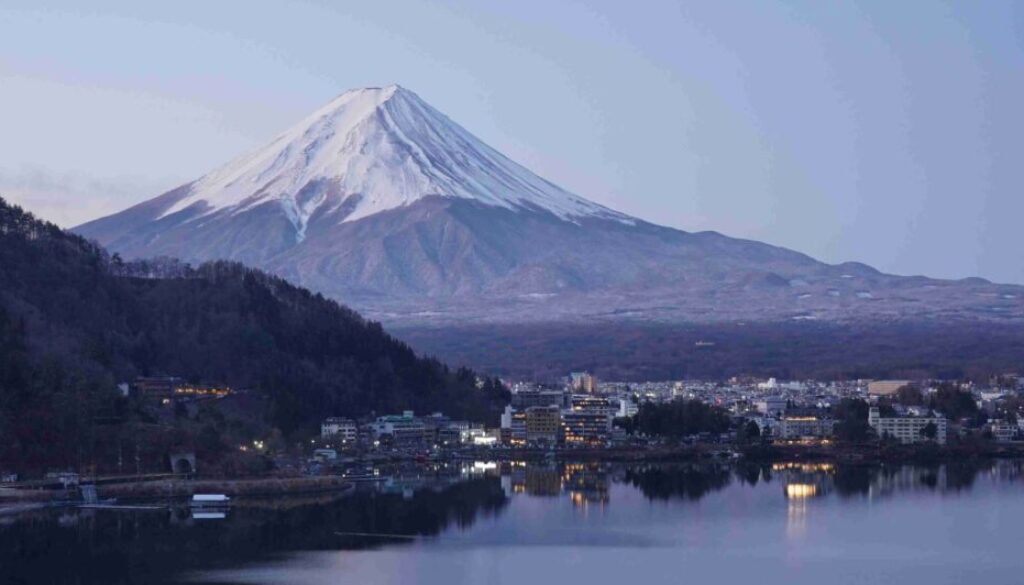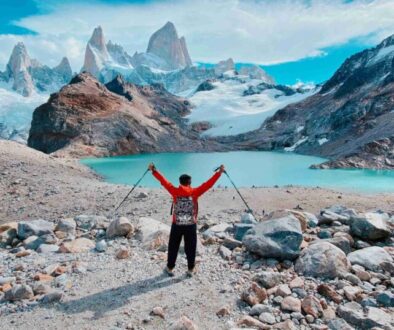Mountaineering Japan: Conquer the Top 5 thrilling Peaks
Discover the thrill of Mountaineering Japan! Conquer iconic peaks, from Mount Fuji to Mount Shirouma. Plan your adventure now.
Mountaineering Japan
Have you ever dreamt of scaling the majestic peaks of Japan, immersing yourself in the raw beauty of its mountainous landscapes?
With Mountaineering Japan as our focus, we embark on a thrilling exploration of the country’s most awe-inspiring summits. For adventure junkies seeking an exhilaration rush like no other, Japan’s mountains present an irresistible challenge and an opportunity for unforgettable experiences.
In this guide, we’ll navigate the peaks and valleys of Japan’s mountaineering scene, offering insights, tips, and inspiration for your next adventure.
Mount Fuji

Mount Fuji stands tall as the crown jewel of Japan’s mountainous landscape, revered as the highest peak in the country and a designated UNESCO World Heritage Site. Its symmetrical cone and snow-capped summit have captured the imagination of climbers and artists alike for centuries, earning it a place of honor in Japan’s cultural and spiritual heritage.
As the quintessential symbol of Japan, Mount Fuji beckons mountaineers from around the globe to test their mettle on its legendary slopes.
Difficulty level:
Mount Fuji is technically accessible but demands respect due to its high altitude, unpredictable weather, and lack of technical terrain.
Maximum height:
Towering at 3,776 meters (12,389 feet), Mount Fuji reigns as the undisputed height champion in Japan.
Best time:
The best time to climb Mount Fuji for thrill-seekers seeking the perfect balance of good weather, manageable crowds, and stunning views is between late June and early September, with July and August offering the warmest temperatures and the most crowds.
Best Routes for Mount Fuji
- Ascend Mount Fuji’s iconic Yoshida Trail for a scenic journey through Mountaineering Japan.
- Conquer Mount Fuji via the Fujinomiya Trail, a challenging route amidst Mountaineering Japan’s peaks.
- Tackle the Subashiri Trail for an exhilarating ascent of Mount Fuji, a highlight of Mountaineering in Japan.
Tips for visiting Mount Fuji
- Plan your visit during the climbing season from July to September for optimal weather conditions.
- Start your ascent early to witness the breathtaking sunrise from the summit of Mount Fuji.
- Pack light, but ensure you have essential gear like sturdy hiking boots, warm clothing, and plenty of water.
Mount Yari

Nestled amidst the rugged expanse of the Northern Japan Alps, Mount Yari stands as a beacon for adventurers seeking the ultimate alpine challenge in Mountaineering Japan.
With its dramatic ridgelines and towering summit, Mount Yari offers a thrilling ascent for seasoned mountaineers hungry for adrenaline-fueled escapades.
Difficulty level:
Mount Yari’s exposed ridges, steep sections, and high altitude make it a challenging and potentially dangerous climb, requiring proper fitness, preparation, and potentially a guide.
Maximum height:
Towering at a heart-pounding 3,180 meters (10,433 feet), Mount Yari demands respect and thrills every step of the way.
Best time:
The best time to conquer Mount Yari’s thrilling challenges is during the shoulder seasons, between late June and early July or late September and mid-October, when crowds are smaller, and weather conditions are usually stable with clear skies and comfortable temperatures.
Best Routes for Mount Yari
- Ascend Mount Yari via the Enchanting Yarigatake Trail, offering scenic vistas of Mountaineering Japan’s alpine beauty.
- Conquer Mount Yari through the Daikiretto Ridge, a challenging route with panoramic views of Japan’s rugged terrain.
- Tackle the Yarisawa Route to Mount Yari, navigating through snow-covered slopes for an unforgettable Mountaineering Japan experience.
Tips for visiting Mount Yari
- Prepare for variable weather conditions by packing layers and essential gear like crampons and ice axes.
- Acclimatize properly by spending a night at a mountain hut before attempting the summit of Mount Yari.
- Stay hydrated and energized by carrying plenty of water and high-energy snacks to fuel your journey through Mountaineering Japan’s alpine wonderland.
Mount Tanigawa

Nestled in the heart of Japan’s Northern Alps, Mount Tanigawa commands attention with its rugged peaks and formidable reputation among mountaineers in Mountaineering Japan.
Renowned for its challenging terrain and breathtaking vistas, Mount Tanigawa offers an unforgettable adventure for those seeking to test their skills and courage in the alpine wilderness.
Difficulty level:
Mount Tanigawa, nicknamed “Mountain of Death,” packs a serious punch with challenging terrain, exposed ridges, and demanding skill, earning it a difficulty level beyond most Japanese hikes.
Maximum height:
Towering at 1,977 meters (6,486 feet), Mount Tanigawa will keep your adrenaline pumping with its challenging height.
Best time:
For experienced adventurers seeking moderate weather and stunning fall foliage, the best time to tackle Mount Tanigawa falls between mid-October and early November, while July to November offers the overall hiking season for various challenges and conditions.
Best Routes for Mount Tanigawa
- Conquer Mount Tanigawa via the Doai Route, offering a thrilling ascent through Mountaineering Japan’s rugged terrain.
- Ascend Mount Tanigawa through the Tenjin Ridge, providing panoramic views of Japan’s majestic peaks.
- Tackle the Dainichi Route to Mount Tanigawa, navigating alpine meadows and snowfields for an unforgettable Mountaineering Japan experience.
Tips for Visiting Mount Tanigawa
- Prepare for challenging conditions by bringing appropriate gear such as crampons, harnesses, and helmets.
- Check weather forecasts and trail conditions before embarking on your climb to Mount Tanigawa.
- Take frequent breaks to rest and hydrate during your ascent, allowing your body to acclimate to the altitude.
Mount Hotaka

Mount Hotaka stands as a testament to the rugged beauty of Mountaineering Japan. With its soaring peaks and dramatic vistas, Mount Hotaka offers an exhilarating adventure for mountaineers seeking to immerse themselves in Japan’s alpine wilderness.
Difficulty level:
Mount Hotaka’s difficulty varies depending on your chosen route, ranging from moderate hikes to challenging technical climbs.
Maximum height:
Towering at 3,190 meters (10,466 feet), Mount Hotaka is the undisputed height king of both Nagano and Gifu prefectures, offering a thrilling challenge for adventurous mountaineers.
Best time:
The best time to tackle Mount Hotaka depends on your thrill preference: July to October offers clear skies and vibrant landscapes, while May to June provides blooming wildflowers and fewer crowds, but with lingering snow in some areas.
Best Routes for Mount Hotaka
- Scale Mount Hotaka via the Karasawa Cirque Route, offering breathtaking views of Mountaineering Japan’s alpine beauty.
- Ascend Mount Hotaka through the Daikiretto Ridge, providing a thrilling challenge for mountaineers exploring Japan’s peaks.
- Tackle the Kitahotaka Ridge Route to Mount Hotaka, navigating through stunning alpine landscapes for an unforgettable adventure in Mountaineering Japan.
Tips for visiting Mount Hotaka
- Pack appropriate gear for variable weather conditions, including waterproof clothing and sturdy hiking boots.
- Familiarize yourself with the terrain and trail conditions beforehand to ensure a safe and enjoyable climb.
- Stay hydrated and well-rested during your ascent by taking frequent breaks and pacing yourself.
Mount Shirouma

Mount Shirouma is a testament to the natural beauty and adventure awaiting mountaineers in Mountaineering Japan. With its towering peaks and pristine landscapes, Mount Shirouma offers an unforgettable experience for those seeking to challenge themselves in Japan’s alpine wilderness.
Difficulty level:
Mount Shirouma’s difficulty ranges from moderate to strenuous, demanding physical fitness and navigational skills due to its significant elevation gain, loose rock sections, and potential for challenging weather conditions.
Maximum height:
Mount Shirouma stands at 2,932 meters (9,619 feet), making it the 26th-highest peak in Japan and a thrilling challenge for climbers.
Best time:
The best time to conquer Mount Shirouma for optimal thrills is between July and October, offering clear skies, comfortable temperatures, and vibrant alpine flowers, with late September and early October providing a stunning spectacle of fall foliage.
Best Routes for Mount Shirouma
- Scale Mount Shirouma via the Hakuba Daisekkei Route, offering stunning views of Mountaineering Japan’s alpine beauty.
- Ascend Mount Shirouma through the Happo One Route, providing a challenging adventure for mountaineers exploring Japan’s peaks.
- Tackle the Tateyama Kurobe Alpine Route to Mount Shirouma, navigating through breathtaking alpine landscapes for an unforgettable experience in Mountaineering Japan.
Tips for Visiting Mount Shirouma
- Pack essentials like waterproof clothing, sturdy hiking boots, and plenty of water to prepare for changing weather conditions.
- Research trail conditions and familiarize yourself with the route before embarking on your climb to Mount Shirouma.
- Take breaks, stay hydrated, and pace yourself during your ascent to enjoy the journey through Mountaineering Japan’s alpine wonderland.
Overview
Mountaineering Japan offers a myriad of thrilling opportunities for adventure junkies to explore the majestic peaks of this captivating country. Each peak presents unique challenges and rewards, from the iconic Mount Fuji to the rugged summits of Mount Yari, Mount Tanigawa, Mount Hotaka, and Mount Shirouma. Immersing themselves in the awe-inspiring beauty of its landscapes and forging memories to last a lifetime. So, gear up, embrace the adventure, and let Mountaineering Japan be your ultimate playground in pursuing adrenaline-fueled escapades.
Ready to embark on your mountaineering adventure in Japan?
Start planning your journey today and conquer the breathtaking peaks of Mountaineering Japan!



